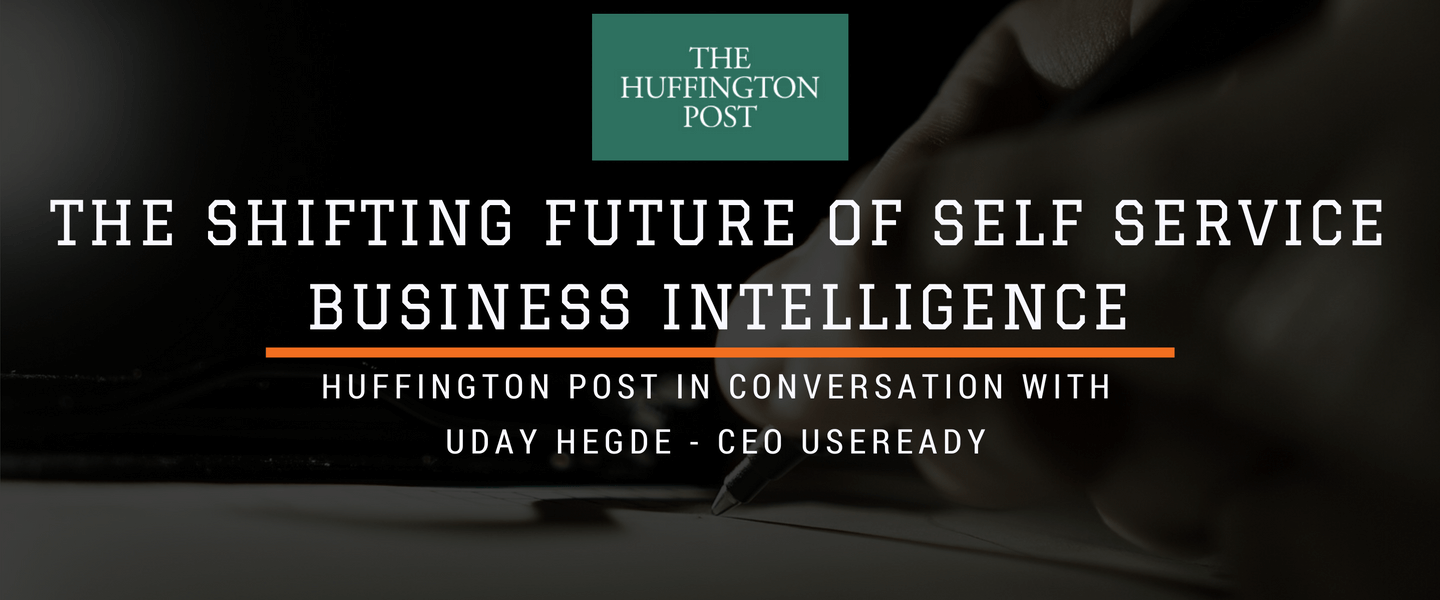This post originally appeared on The Huffington Post on Dec 28, 2016
Author :- Nick Hastreiter (Future of Everything)
Ever since data warehousing began in the early 90’s the IT sector has been undergoing rapid change. The emergence of Business Intelligence, or BI, has helped organizations leverage data to make crucial strategic decisions, improve operational efficiency and business productivity.
With the advent of self-service technologies like Tableau, QlikView, and Domo, more organizations are successfully deploying BI. This is empowering business users to quickly analyze the data and generate deeper insights independently.
Despite advances in technology, firms that can access and leverage their data, now have a new problem on their hands, how to be successful with it? To better understand how companies can extract value from their data using self-service platforms I connected with Uday Hegde, co-founder, and CEO of USEReady, a business performance consultancy that helps organizations use data to improve their businesses.


